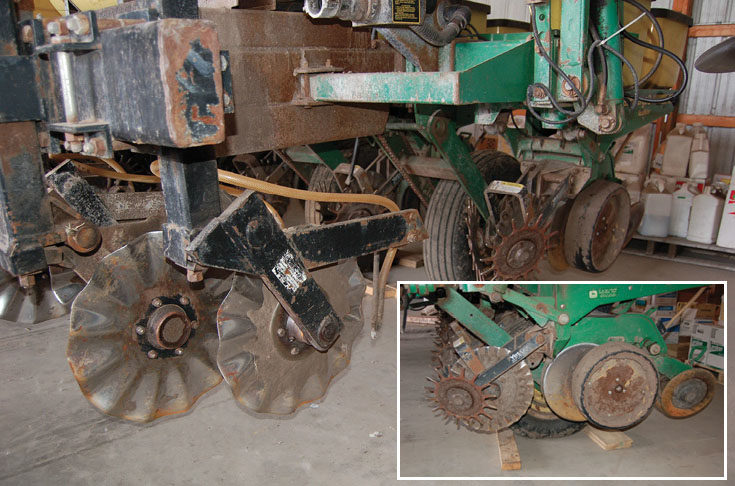No-Till Farmer
Get full access NOW to the most comprehensive, powerful and easy-to-use online resource for no-tillage practices. Just one good idea will pay for your subscription hundreds of times over.

If there's one thing Bob Little’s fields aren’t short on, it’s soil types.
“I farm what I think is just about a little bit of everything,” the Hebron, Ind., no-tiller says.
He’s not exaggerating. Little’s 1,000 acres of corn and soybeans range from muck to heavy clay, sandy loams to “gumbo” — a heavy black clay on his marsh ground — and silt to light sand that he says, “a lot of beaches would be proud to have.”
But Little isn’t letting these variable soils hold him back. The longtime no-tiller won first place in the AA No-Till/Strip-Till Non-Irrigated category of the National Corn Growers Association’s 2012 national yield contest, with a yield of 297 bushels per acre.
A key to Little’s no-till success is preventing plant stress by protecting them from weeds, diseases and pests.
In his area, velvetleaf, waterhemp, lambsquarters, fall panicum and giant ragweed are the main weeds Little struggles with annually. To combat them, he starts with a burndown herbicide application 1½ to 2 weeks before he plants, usually with Buccaneer-brand glyphosate.
Little then plans a pre- and post-application. He’s seen success when using pre-emergent chemicals, especially on his continuous-corn fields. He’ll also broadcast a minimum of 45 units of nitrogen for corn-on-corn acres to help feed soil microbes that break down the residue.
“You would think that the cast-iron closing wheels might cause sidewall compaction, but it seems like they bring the dirt in just enough from both sides...”
For his contest-winning plot…